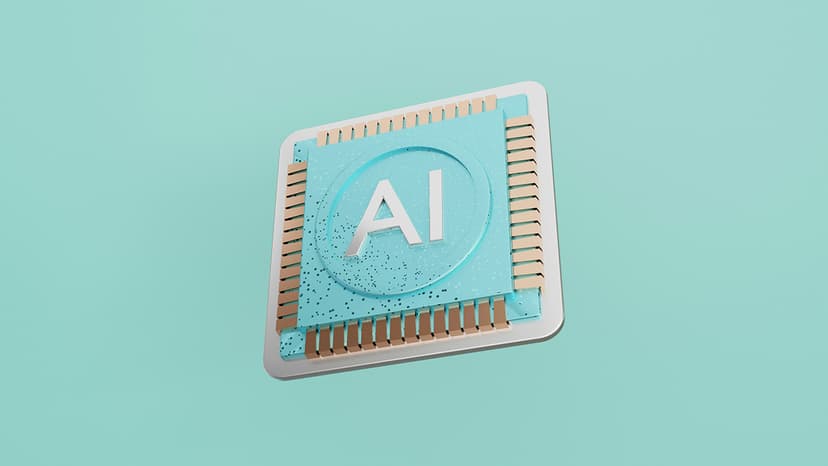Exploring Object-Oriented Programming
Object-Oriented Programming, or OOP, organizes code in a structured way, much like a well-planned park. Each component has its own role, making it easier to manage and understand.
What Is Object-Oriented Programming?
Object-Oriented Programming is a programming paradigm that uses the concept of "objects". In programming, objects are units of code that mirror real-world entities by containing data and behavior. The data is often protected from direct access, while the behavior represents what the object can do or what can be done to it.
In OOP, objects are defined using classes, which serve as blueprints. For example, a class called Dog would detail attributes like breed, color, age, and methods such as bark or fetch. Each specific dog created from this class is an 'instance' of the Dog class.
Four Pillars of OOP
OOP is built on four main principles: Encapsulation, Abstraction, Inheritance, and Polymorphism.
-
Encapsulation keeps an object's inner workings private, preventing external code from altering its internal state directly. Communication happens through designated methods.
-
Abstraction simplifies complex systems by presenting only essential features. For instance, when driving a car, you focus on the steering wheel and pedals without needing to understand the engine's mechanics.
-
Inheritance allows new classes to be created based on existing ones. A 'subclass' can inherit properties and methods from a 'superclass', similar to how children inherit traits from their parents.
-
Polymorphism enables a subclass to be treated as its superclass, maintaining its own methods while behaving like the parent class. This is akin to being able to communicate with different family members effectively, despite their varying responses.
Why Is OOP So Popular?
OOP promotes reusability and organization, making it easier to manage complex code. It reflects natural concepts, allowing developers to structure software more intuitively. Its modularity streamlines repetitive code and clarifies relationships within the system.
Many organizations leverage OOP's strengths. For instance, Swift is a programming language developed for app development, embodying OOP principles.
Is OOP the Only Approach?
OOP is widely used, but it’s not the sole programming paradigm. Depending on project needs, alternatives like procedural programming or functional programming may be more suitable. Yet, OOP is a popular choice among developers for its logical structure and clarity.
Object-Oriented Programming facilitates organized and efficient code interaction. It provides a framework that simplifies complex coding tasks, akin to arranging a bookshelf or designing a community.












